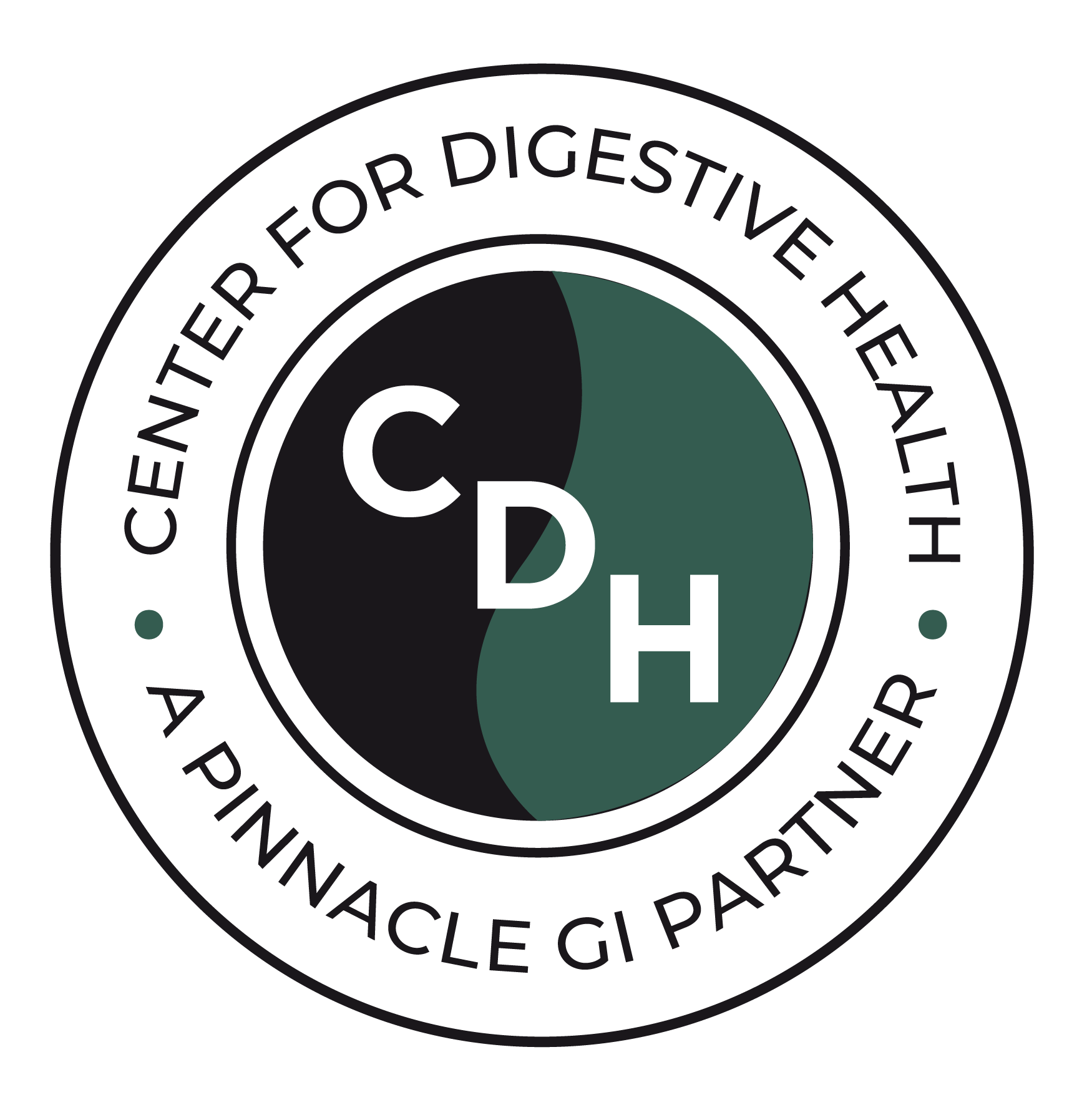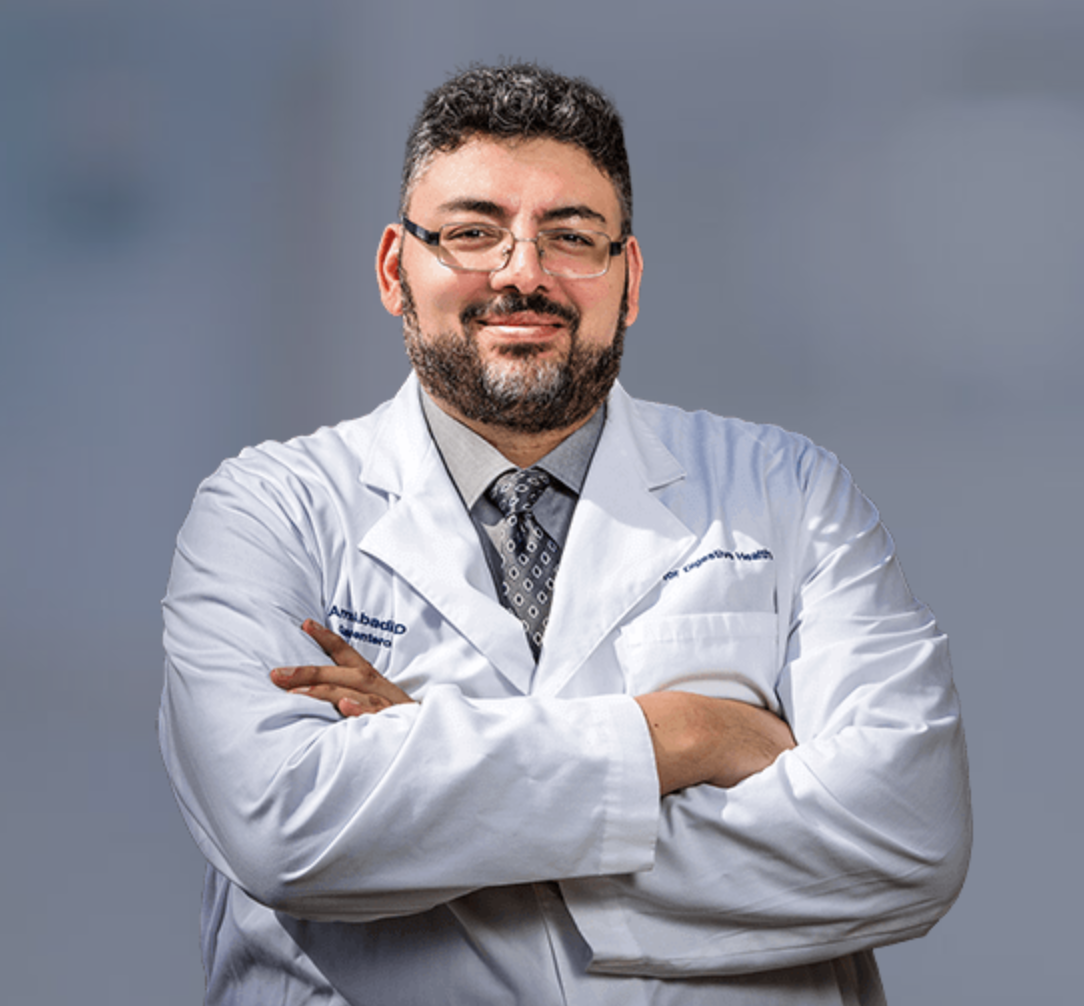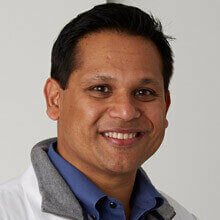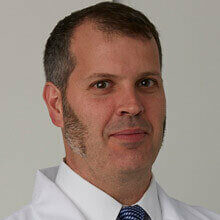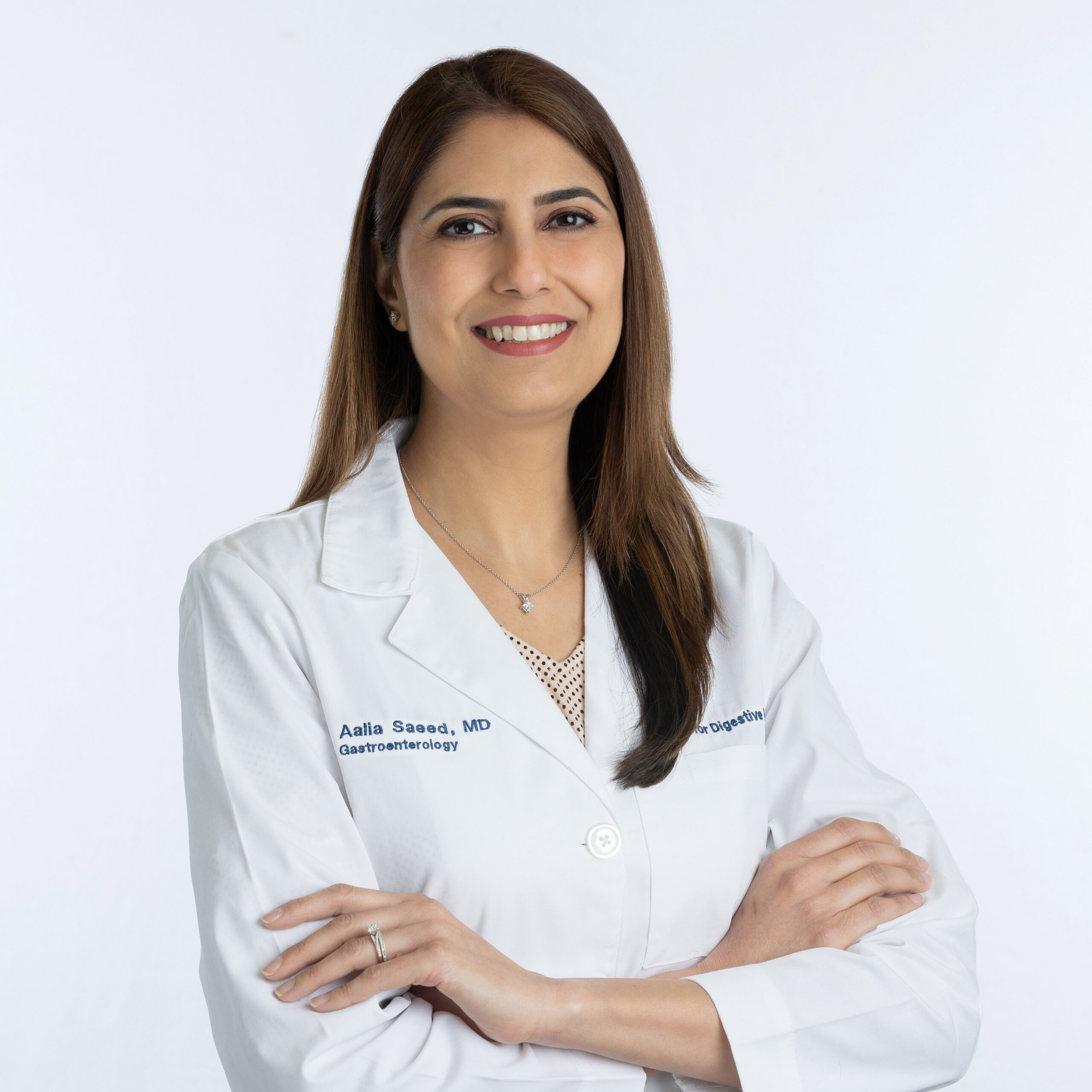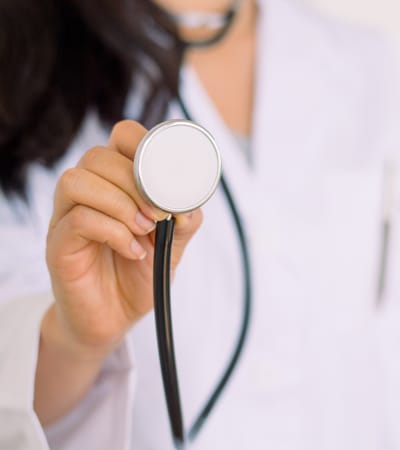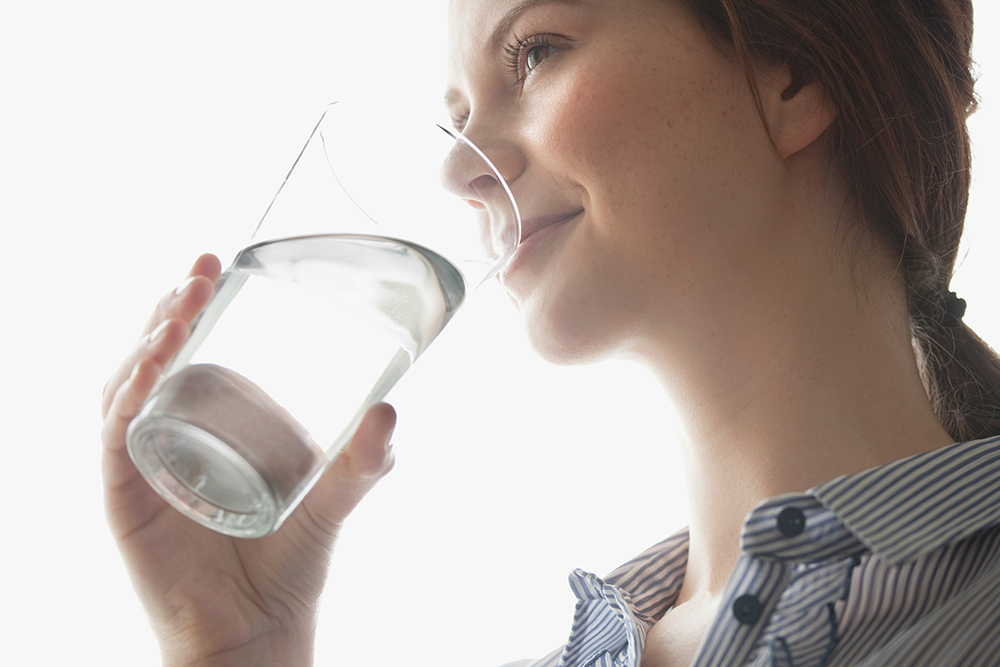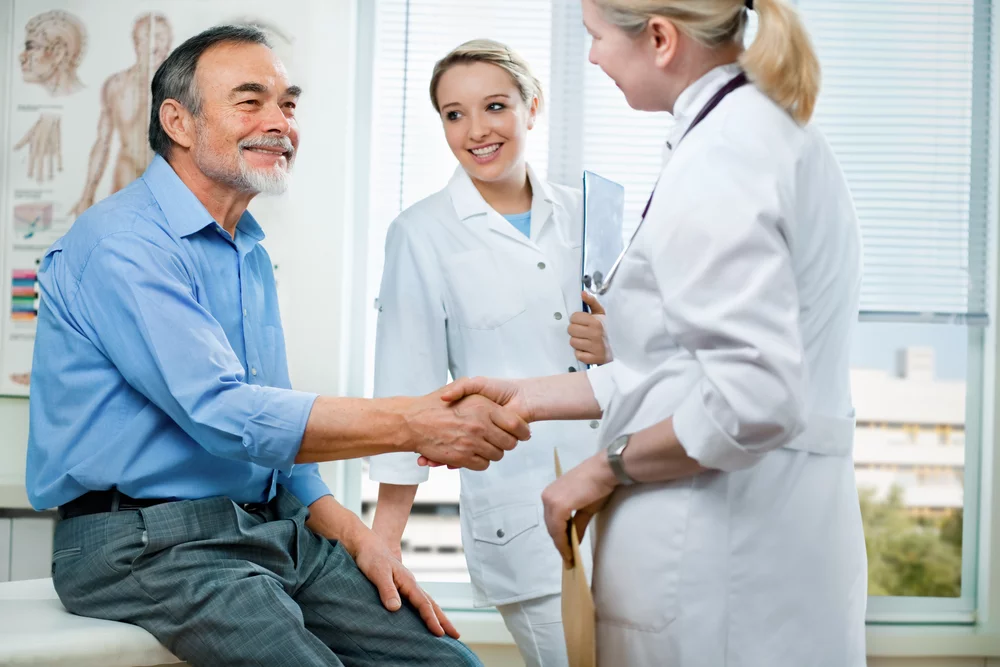Gallbladder disease affects the gallbladder, which is a sac that sits just under your liver and is responsible for storing and concentrating bile, which helps with the digestion of fatty foods. When a person has gallbladder disease, they may have an infection, inflammation, stones, or blockage in the gallbladder.
There are several specific conditions that fall under the category of gallbladder disease. For example, cholecystitis is inflammation of the gallbladder, whereas chronic acalculous gallbladder disease occurs when the movements that naturally empty the gallbladder do not function as intended.
What causes gallbladder disease?
There are several potential causes of gallbladder disease. For example, gallbladder inflammation, or cholecystitis, is often the result of hard particles called gallstones, which can block the tube that bile passes through, causing inflammation. Gallbladder disease can also be caused by tumors, infections, blood vessel problems, or bile duct blockages. How can you lower your risk of gallbladder disease?
Gallstones are the leading risk factor for gallbladder disease, so you can lower your risk by taking steps to prevent the development of gallstones. Some preventive measures include maintaining a healthy weight through diet and exercise, but it is important not to drop weight too rapidly, because this can increase the risk of gallstones. It is also helpful to eat a diet that contains plenty of fruits, vegetables, and whole grains, because a high fat, low fiber diet can lead to the development of gallstones. How is gallbladder disease treated?
Treatment for gallbladder disease may require hospitalization to control inflammation. During this time, you may receive antibiotics and pain medications to treat your symptoms. You may also have to fast to allow your gallbladder to heal, and a doctor may give you fluids through a vein to prevent dehydration. If you have gallstones, a doctor will likely perform a procedure to remove them, but it is likely that you will eventually need surgery to remove your gallbladder. Fortunately, this is generally a minimally invasive procedure, in which a doctor makes a few small cuts in your abdomen.
Common Symptoms
- “I started to experience severe pain in the upper right area of my stomach right by my rib cage, and it radiated all the way to my back.”
- “I felt nauseous and had stomach pain after meals, and I started to have diarrhea all the time.”
- “I noticed that I looked jaundiced, and my urine was darker than usual. I also had severe abdominal pain along with nausea and vomiting.”
